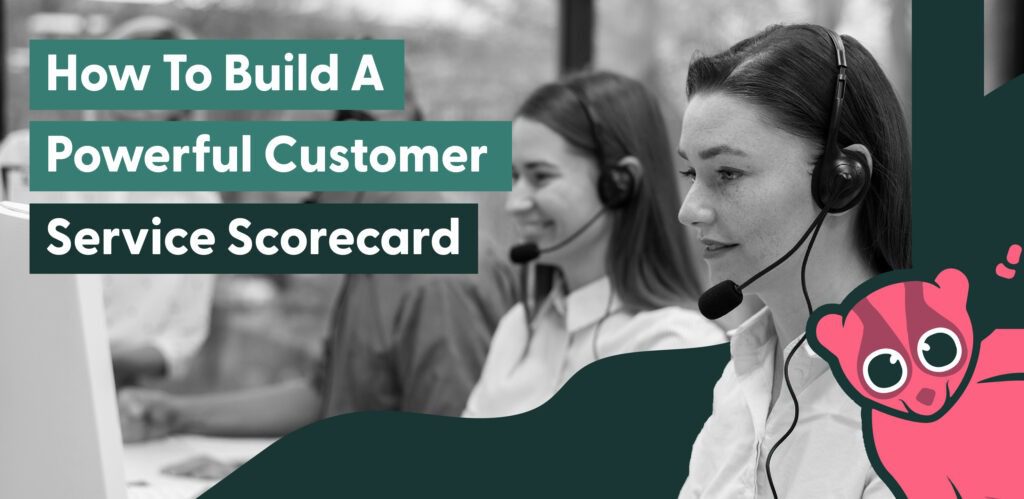
An excellent customer service scorecard is the backbone of any customer service quality assurance (QA) program.
Setting up a scorecard that results in tangible business improvements is difficult. You need to know which criteria impact customer satisfaction the most. And this only comes with experience.
At Loris, we work with leading customer-centric brands, helping them to implement customer service scorecards and quality assurance processes.
We’ve achieved incredible results—on average, companies we work with increase customer satisfaction (CSAT) by around one-third and streamline their QA process for 5 times faster results.
We’ve developed an effective customer service scorecard template based on principles proven to work in almost every industry.
This article explains step-by-step how to create your own quality assurance scorecard.
We also explain how to use your scorecard to boost your team’s performance and the important role an AI tool plays in its implementation.
Alternatively, you can request a free customer service scorecard template here.
👋 Hi! We’re Loris
The Loris.ai platform optimizes customer service interactions based on:
🚀 Understanding conversational trends
🚀 Automating quality assurance (QA)
🚀 Optimizing real-time interaction guidance
By analyzing customer service interactions with advanced artificial intelligence, Loris.ai identifies trends and areas needing improvement, ensuring every conversation meets your company’s high standards for customer service.
Beyond QA, the platform empowers customer service agents with immediate advice when handling live conversations, as well as tailoring responses based on customer sentiment and established best practices.
This combined approach elevates agent performance, improves customer satisfaction, and makes customer service levels consistent across your team. It ensures every agent provides excellent customer service.
What Is a Customer Service Quality Assurance Scorecard?

First, let’s remind ourselves what a customer service QA scorecard is.
A customer service scorecard is a tool used by companies to evaluate and improve the quality of their customer interactions.
It consists of:
💡 Criteria: The customer service elements that matter to your business.
💡 Behaviors: The tangible things that your agents do to contribute toward those elements.
💡 Scoring systems: A way of measuring how well an agent addresses each behavior or element during each customer interaction.
Customer service QA analysts review these agent interaction requirements to identify which elements customer service reps perform well on and where improvements need to be made.
Improvements could involve:
✔️ Individual training for reps
✔️ Training for the entire customer service team
✔️ Changes to products and services
✔️ Changes to policies and procedures
💡 Need help getting your customer service quality assurance program set up?
Check out our customer service quality assurance checklist. It explains how you can set up a quality assurance system to assess your customer service.
Why Is a Customer Service QA Scorecard Important?
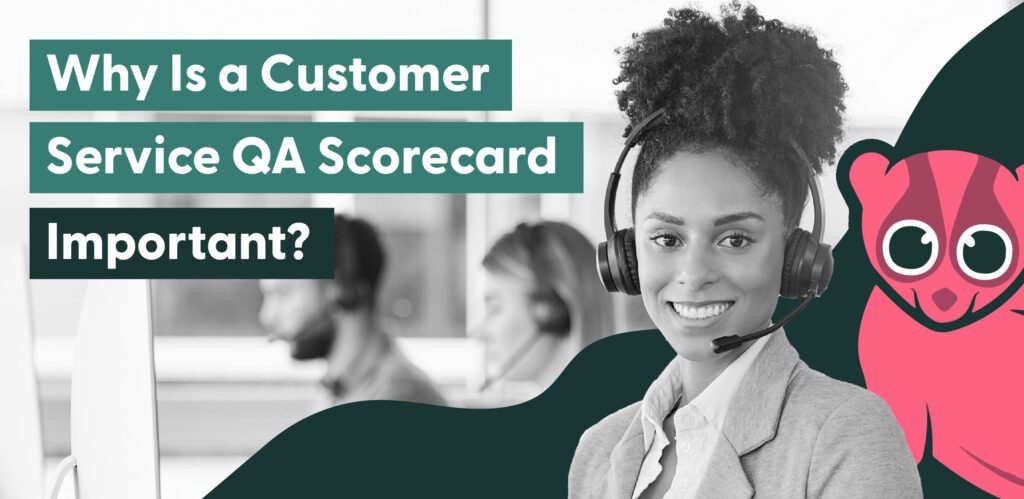
A customer service QA scorecard enables you to:
⭐ Measure performance
⭐ Identify training needs
⭐ Ensure consistent customer service levels
⭐ Improve customer satisfaction
⭐ Inform your company strategy
⭐ Make customer service agents accountable for their performance
⭐ Solve customer queries quicker
⭐ Set your business apart from competitors
How to Build a Customer Service Scorecard
In this section, we explain how to create your own customer service scorecard.
We also recommend what to include when setting up your scorecard. It can be personalized to suit your business.
There are three steps to developing a QA scorecard:
- Define criteria
- Set behaviors
- Create a scoring system
Like what you’re reading? Get the latest news and product updates delivered to you in our newsletter.
1. Define the criteria important to your experience
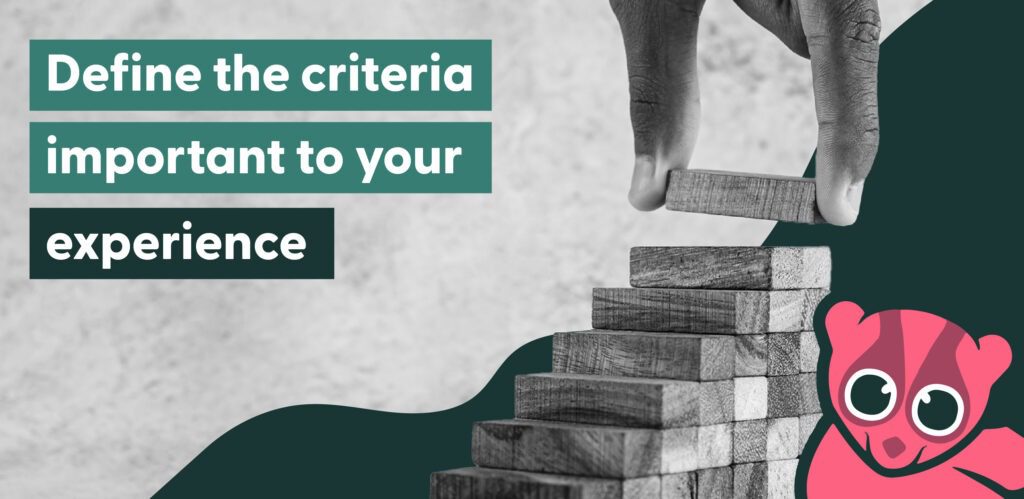
The first step in creating a QA scorecard is determining what good customer service looks like in your organization.
This involves identifying what matters to your company.
At Loris, we always start each new scorecard with the following criteria:
✔️ Conversation management
✔️ Product knowledge
✔️ Policy adherence and compliance
✔️ Follow-on actions
✔️ CSAT score
We use these criteria because they apply to customer service across almost all industries.
2. Set behaviors
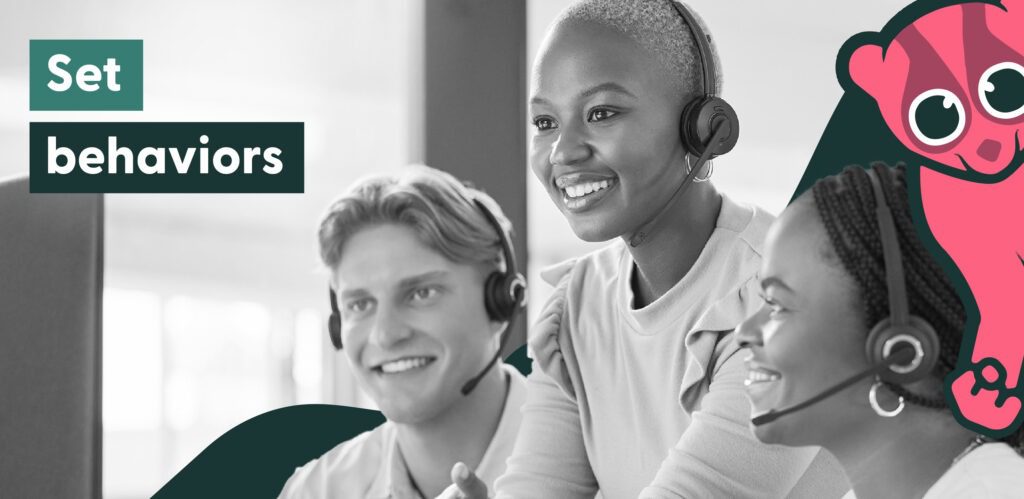
Now, think about what agent behaviors contribute toward fulfilling your criteria. For example, agent behaviors for good conversation management might include:
- Provide straightforward information to customers
- Confirm understanding by summarizing the customer’s points
- Don’t interrupt the customer
- Use a tone that shows understanding and concern for the customer
Here are the behaviors we recommend looking at for each of the criteria mentioned in the previous section:
Conversation management
These are the soft skills that every agent needs to communicate with customers effectively. They apply to all industries.
At a minimum, CX agents should be able to communicate effectively, maintain a professional and friendly demeanor, learn, solve problems, gain the trust of customers, and demonstrate emotional intelligence.
You can monitor and track these skills with scorecard questions like:
- Did the agent greet the customer?
- Was the customer addressed by their first name at least once?
- Did the rep build a relationship with the customer and show understanding?
- Was the customer service interaction 100% professional?
- Was the tone and language appropriate to the nature of the inquiry?
- Did the rep summarize the conversation and set a follow-up plan?
💡 Key point: Conversation management is universal for great customer service, making it easier to automate.
Building a good connection with customers, asking the right questions, and de-escalating tense situations are key customer service skills in any industry. This part of the scorecard will likely be the same for all businesses.
Because of this, Loris CQA can automatically assess how effectively conversation management was done by each agent, in every conversation. For example, we can determine whether the agent greeted the customer properly, introduced themselves, apologized for any problems, and was enthusiastic.
This saves you time and effort setting up this section of your scorecard. It also makes the evaluation process smoother, ensuring a fair and consistent review of these important communication skills.
Product knowledge
These are the specific product/service questions that a knowledgeable agent should be able to answer or at least quickly find and respond to via your knowledge systems.
Below is a breakdown of the criteria we would use to rate this element.
- Was the information provided to the customer easy to understand?
- Did the agent ensure the customer did not have to repeat their questions?
- Did the agent correctly identify the root of the product issue with a thorough investigation?
- Did the agent use proper resources to effectively troubleshoot the product issue?
- Did the agent provide relevant and accurate information about the product?
- Did the agent resolve the issue?
Policy adherence and compliance
Incorporating compliance into your quality assurance (QA) scorecard is vital.
It guarantees that your organization follows industry regulations and standards, which safeguard your company against legal complications, fines, and potential damage to your reputation.
The criteria that apply here are more likely to vary between industries. They might include:
- Did the agent convey any required disclosure or mini-Miranda, if needed?
- Did the agent avoid stating absolutes that cannot be guaranteed?
- Did the agent refrain from blaming the customer or any third party?
- Did the agent avoid asking duplicate questions that the customer already answered?
- Did the agent avoid expressing frustration with or talking down to the customer?
- Did the agent avoid using inappropriate slang and offensive or inappropriate language?
- Did the agent set the right expectation of a delay in response to the customer, if needed?
- Did the agent give the customer sufficient time to respond?
Follow-on actions/processes
This covers all actions that take place outside of the customer service call. This might include issuing a refund or sending a confirmation email.
Once again, the criteria on this list will vary depending on your industry. But it can also vary depending on individual situations. The criteria you consider might include:
- Did the agent complete the action necessary to resolve the customer’s issue, if relevant?
- Did the agent complete the necessary conversation write-up for the customer’s account?
- Did the agent communicate the issue to the department that should manage the resolution (e.g. marketing, product, accounting, etc.), if relevant?
CSAT score
You’re probably familiar with customer satisfaction (CSAT) ratings. This is an overall measurement of the customer’s satisfaction with how well the agent handled their call.
This might be based on the customer’s response during the call. Alternatively, it could be based on a post-call rating system—for example, when the customer is sent a text asking them to rate their experience with the agent.
CSAT surveys, however, can have a relatively low response rate and be skewed toward very happy or very unhappy customers. This limits their value.
At Loris, we developed a method to predict CSAT without a survey. We call this CQ or conversational quality. Our AI models analyze every interaction to derive a CQ score. The categories we analyze include:
- Customer sentiment
- The presence of any high-risk language
- How easy the exchange was with the agent
Criteria to consider here include:
- Did the customer confirm their issue had been resolved?
- Was the customer happy with the level of service provided?
3. Create a scoring system
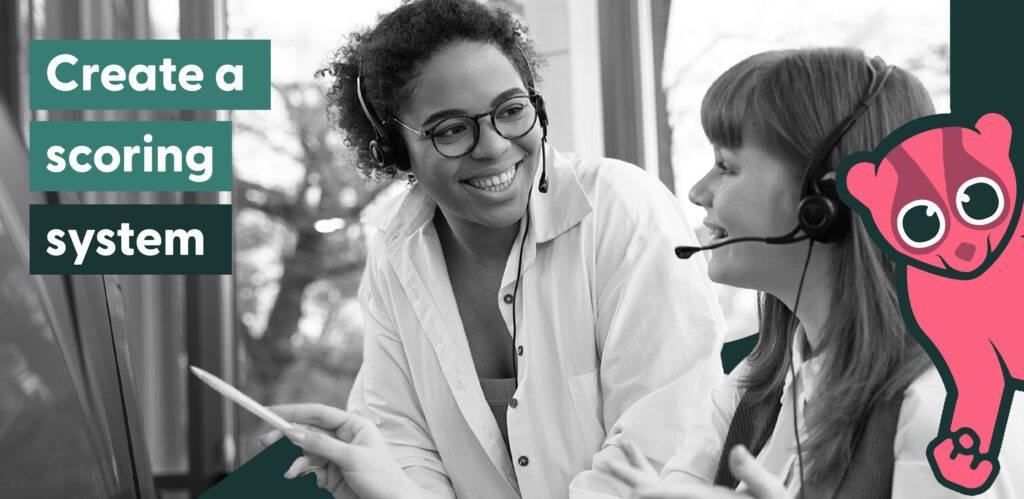
Next, create a scoring system for each criteria. This enables you to measure the quality of interactions. Examples of scoring systems include:
- A scale—for example, a score of 1–5.
- A percentage.
- Binary; in other words, yes/no.
- A rating—for example, good, average, or bad.
Set a standard within each scoring system that represents your target being hit.
For example, if you measure product knowledge on a scale of 1–5, then perhaps a 4 could represent your target being hit. 5 could be reserved for customer service agents who exceed expectations.
How to Use Your Scorecard to Improve Performance
Now that you have your scorecard set up, you can start monitoring calls and collecting customer service data.
But once you have that data—what do you do with it?
Here are some tips:
💡 Individual feedback: Use your scorecard to give agents feedback on specific customer engagements and collate their scores so they can see where they perform well and identify areas that need improvement.
💡 Score your team: Score your team’s overall performance. This is good for identifying common customer service issues. Addressing these problems on the team level is more efficient than on an individual level.
💡 Inform training and development: Once you’ve identified the areas your team and individual agents need to improve on, you can develop training courses to address them. For example, if your agents score poorly for product knowledge, then they probably need a refresher course and access to product cheat sheets.
💡 Track progress: Monitor agent performance following their participation in training and development programs to see whether they improve. This allows you to tweak training courses to make them more effective.
💡 Improve your product, policies, and procedures: One of the best ways to solve customer service issues is to avoid customers needing to contact you in the first place. For example, if customers often struggle logging in to your website, contact your development team and ask them to make the process more straightforward.
Use AI Customer Service Software
By now, you’re probably thinking: “That sounds like a lot of work.”
You’re right, it is.
Collecting customer service data from each interaction of every agent and using it to draw actionable insights is almost impossible to do manually.
In the past, QA analysts had to manually monitor calls, read through transcripts, and try to find conversations that were worthwhile to review.
This process was hugely time-consuming and meant that agent performance was being assessed based on 2–5% of each agent’s conversations, not their total performance.
In turn, the insights gleaned were not accurate and so the training and development programs that they informed were not as effective as they could be.
The introduction of AI-powered conversational intelligence platforms like Loris has changed this by automating time-consuming and challenging parts of the customer service quality assurance process.
With Loris, you can:
- Capture and store conversational data
- Understand customer sentiment
- Analyze customer satisfaction and resolution
- Automate interaction selection
- Improve agent assessment and coaching
- Monitor ongoing performance
Book a demo to find out how Loris.ai can help your business turn every customer conversation into valuable insights.
(Not ready to commit to a demo? Try our self-guided product walkthrough instead.)

